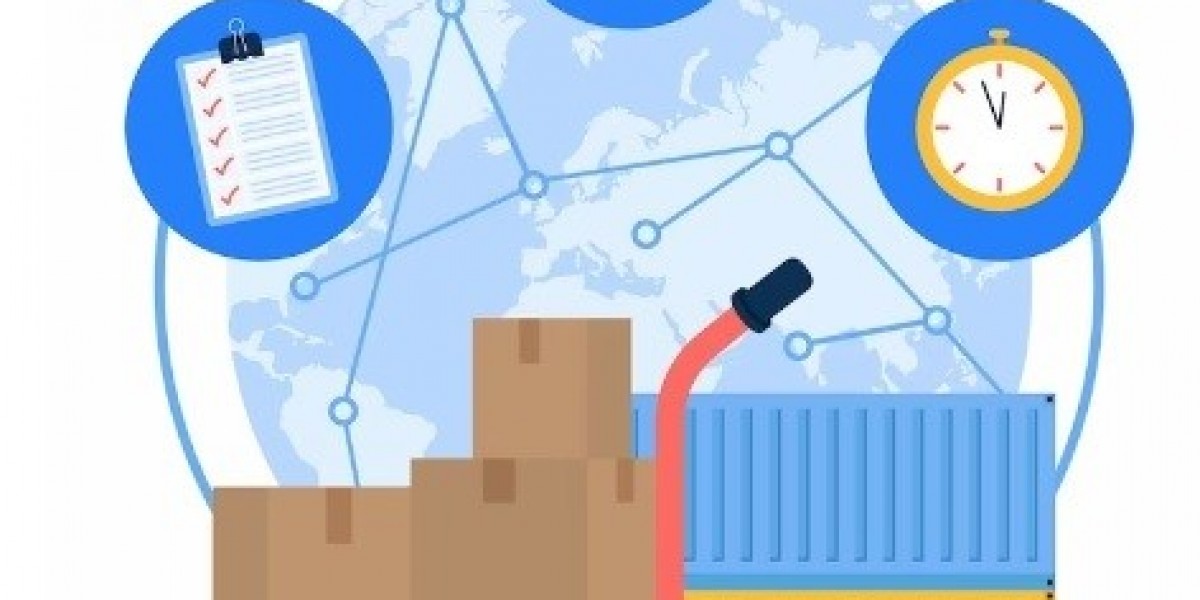These days, B2B commerce is evolving more than ever. Businesses used to place orders via sales representatives, phone calls, or faxes, but that’s quickly changing with the utilization of b2b ecommerce portal. These portals are valuable resources for businesses trying to streamline their operations and meet customer expectations, but what exactly is a b2b ecommerce portal? Let’s find out.
What Is a b2b ecommerce portal?
A b2b ecommerce portal is simply a website through which businesses can sell their products online to other businesses. B2B ezcommerce portals differ from B2C ecommerce platforms that focus selling products to consumers because corporations tend to have different requirements. B2B portals take into account features such as bulk ordering, custom pricing, multiline discount structures, and account-level purchasing processes.
Consider a b2b ecommerce portal as your personal sales representative, but one that’s scaleable to 24/7. A wide array of functionalities right at the fingertips of your clients means they can now browse your catalgos, place orders, and track their shipments in an easier manner.
For instance, there are well known B2B ecommerce platforms like Alibaba and Amazon Business as well as branded portals designed by companies for their specific customers.
Why Are b2b ecommerce portals Important?
Catering to Modern Buyer Expectations
Consumers who buy in business-to-business context expect the same level of friendliness, speed and customization that is offered in business-to-consumer contexts like Amazon. Statistically, 73% of B2B buyers prefer purchasing online as stated in Forrester's research. Businesses that don’t have a self-service ecommerce portal risk losing customers to competitors who offer simplified digital solutions.
Operational Efficiency
A b2b ecommerce portal eliminates cumbersome tasks like order entry, price quoting, and even inventory management. This makes it possible for your company to operate on a higher level as we all know automation tends to reduce human error, allowing staff to focus on important objectives instead of administrative busy work.
Scalability
Using a B2B portal makes it a lot easier to extend a company to new geography, new region, new market or even new industries. The portal supports higher value transactions, customer accounts, beneficiary accounts, and additional information without the need of plenty of resources.
The Ability to Track Actionable Intelligence
Gaining insight into customer behavior actionable data can only be gotten through a centralized portal. The accumulated data can then improve sales, better predict necessary inventory supplies, and overall enhance service delivery.
Core Characteristics Needed for b2b ecommerce portals
While learning or creating a b2b ecommerce portal, ensure that it attends to your business requirements. A well designed portal comes with built in features that allow to meet business specific needs:
1. Special Pricing and Bulk Purchase
Special pricing for B2B clients is reserved for bulk purchases therefore custom pricing needs to be set for specific clients by portals for easier managing working relationships.
2. Managing Client Portfolios
B2B purchases are often done by representatives. This means an organization can have multiple users operating the same account. The portal ought to provide for account structuring which permits assignment of administrative, approving, and buying roles.
3. Enhanced Searching and Browsing
With numerous products on offer, enhanced search and filter options can go a long way enabling clients find the pieces of equipment they are searching for.
4. Simple Processes for Placing New Orders and Reordering Old Ones
Repeat purchases are normal in B2B transactions. Your portal should simplify reordering by offering saved order templates, order history, and predictive reorder features.
5. Custom Payment Methods
B2B transactions are easier with more flexible payment methods available. Credit terms, purchase orders, and online payments through credit cards or ACH transfers are convenient for buyers.
6. Mobile Compatibility
B2B transactions are being conducted through mobile devices more than ever. Portals designed for B2B ecommerce must be mobile-friendly in terms of design and information accessibility.
7. Cross-Platform Compatibility
Existing systems such as ERP (Enterprise Resource Planning), CRM (Customer Relationship Management), and Inventory Software need to be integrated seamlessly for consistent business operations.
Benefits of Implementing a b2b ecommerce portal
Unlike traditional sales processes, investing in a B2B ecommerce platform helps in increasing the sales channels used by a business. Here are some benefits:
Streamlined Sales Processes
The platform allows for unrestricted access to prospective clients internationally irrespective of the business’ operational location. It eliminates boundaries and provides a simple means to growth.
Enhanced Customer Loyalty
Implementing an effortless online shopping platform improves customer experience, which can result in great business retention.
Cost Effectiveness
Having a self-service portal eliminates the need for a bulky in-house sales team, thereby reducing operational costs. It also rids the company of inefficiencies like order miscommunication and costly errors.
Sales Cycle Efficiency
With B2B portal services, customers have round-the-clock access to product catalogs, inventories, and pricing which allow immediate ordering. This improves the overall sales cycle.
Actionable Business Intelligence
The data produced from ecommerce portals can serve as ecommerce intelligence for businesses. These insights can be vitally important to understanding customers and with the right strategy it is possible to improve sales and increase retention rates.
Getting Started with a b2b ecommerce portal
If you're planning to set up a B2B ecommerce model for your company, the guide below can help you get started.
Step 1: Determine Your Requirements
Before choosing a platform or starting development, list the business requirements you intend to meet. These can include product catalog and order volume, target demographics, or advanced features like multi-language support for global customers.
Step 2: Find Your Preferred Platform
Make a choice among several options of B2B ecommerce platforms from open-source solutions like Magento to SaaS-based ones like Shopify Plus, evaluate them based on difficulty, scalability, and integration functionality.
Step 3: Focus On Interfaces
To advance the design of your portal prioritize the design to be user-friendly supported with easy to use advanced mobile responsiveness and navigation systems.
Step 4: Merge Other Required Applications
Make sure to connect your e-commerce portal to other necessary applications like CRM systems, ERP, and any other important tools to ensure workflows run easily. This will allow updating customer data, orders, and inventory levels automatically and instantly.
Step 5: Educate Your Staff
All employees need to know what the new platform offers if they wish to fully leverage available opportunities. Therefore, ample training and properly designed instructions need to be made available to help onboard a new system.
Step 6: Go Live and Continuously Improve
After all the pre-launch preparations are complete and the system is set up, go live and begin trial discussions with users to see what can be changed or improved on.
Continue Making Headway using the b2b ecommerce portal.
Both small and large businesses no longer view a digital-first approach as optional, but instead classify it as a necessity. Using the proper ecommerce portal, your organization can centralize processes while creating strategic relationships with clients that will help them remain relevant in today's fast-paced economy.
You could be at the initial stages of your ecommerce footprint or trying to enhance an advanced legacy system, either way now is the optimal time to adopt a B2B ecommerce platform. There is a lot to benefit from for your business and your clients undoubtedly deserve more.









